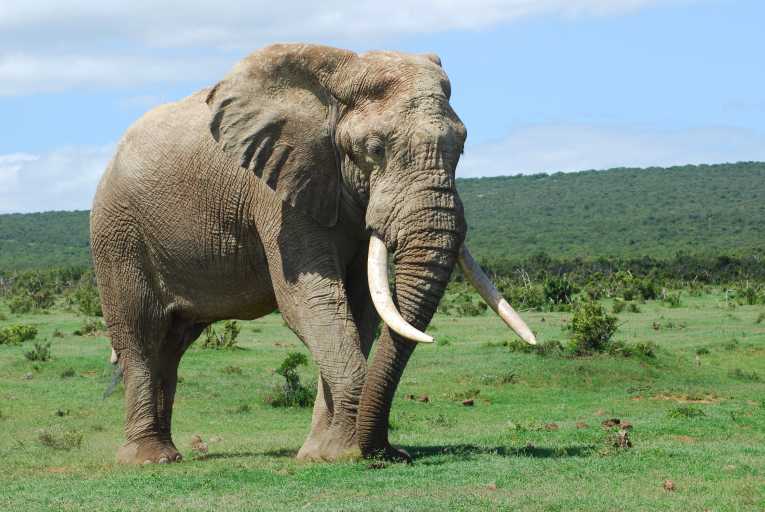A new tool could help wildlife crime officers worldwide to trace the origin of illegally traded elephant ivory. German scientists, in cooperation with WWF are building a database that will pinpoint the specific origin of illegal ivory.
Dr Stefan Ziegler of Johannes Gutenberg University in Mainz, Germany has been trawling the museums of Europe to collect samples of ivory that have a known geographic origin and has 70 samples so far. 'The next phase is to visit trophy hunters who are usually very aware of where they shot their animals,' said Dr Zielgler.
Every living being absorbs natural chemical isotopes with their food and incorporates them into body tissues such as hair and teeth, or ivory. The relative balances of these different forms of isotopes give scientists clues as to the geographical place where the living animal was feeding.
Carbon exists in three natural forms of different atomic masses; carbon12, 13 and 14. For example, lower concentrations of C13 exist in tree leaves, while it is present in higher concentrations in grassy savannah.
Some strontium isotopes reflect the age of the underlying geology; low nitrogen suggests humid conditions, and all provide clues as to geographic origin of a tusk. The scientists are working with stable isotopes of 6 different elements in total to prepare an isoscape – a map of isotope distribution.
Once a georeferenced map has been made of the isotopes across the elephant ranges of Africa, then seizures of illegal ivory in Asia can be traced back to a known population, in say one of the Central African states. 'Until now, wildlife officers might only know that the ivory was loaded in Lagos, but not where it came from. This could be a valuable tool for hunting down ivory poachers. For the first time we will know where to look,' said Ziegler.
The database, when complete, should be able to pinpoint the origin of the kill to a specific location. 'The technique even works on pieces of ivory that have been carved, and could even help with other vegetation browsing species such as rhinoceros,' he explained.
Ten thousand elephants a year are illegally killed for their tusks, mostly in central Africa, where the rule of law is tenuous.










